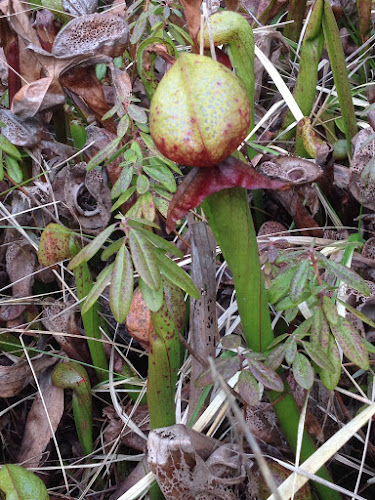Then I was an adult. 18 candles was all it took and suddenly I was thrown into a new game. Instantly my happiness index was based on my youthful appearance. With cultural pressure and the passing years I tried to keep the wrinkles away and the body fit. The advertisers prayed on my vulnerability telling me that youth is life's Big Enchilada.
Then a strange thing began to happen. I started to notice an attitude sift. I yearned to stop fretting about growing old. At 75 I'm not fooling anyone about my age anyway. I can pose and smile and adjust the light all I want but the truth looks back at me in the mirror.
Photographs of very old men and women have captivated me for years. You know the ones. Wrinkled faces that look like mountain ranges, yet with so much character you want to sit down and have a deep conversation with them. These faces belong to people who look both vulnerable and strong; wise and innocent; and very, very appealing.
I seek an age-neutral freedom. Not in defiance of age but to embrace life. Both Ed and I are determined to avoid sinking into a cryonic-torpor-of-old. We'll move onward, so long as we can...
We're traveling the narrow back roads of California, off Highway 166, between Santa Maria and Taft. We hear only nature's sounds, see no lights, and have very few services.
We bump and rattle to our night's camp on a road that went from narrow and paved to narrower and gravel. We love roads like this. We enjoy the edgy touch of anxiety. We thrill in the surprises we find. The tiny campground we occupy has six spots but it's just us. We hear an owl off in the distance.
The next day we leave Higway 166 for Highway 33, relocating to the Carrizo Plain National Monument. The bumpy, washboarded road we travel within the monument is parallel to the San Andreas Fault.
We're hoping no earthquake strikes tonight as our camp is not far from the fault. I'm not wanting to be swallowed by the earth the way the Darlingtonia swallows flies.
Carrizo Plain National Monument is dramatic and beautiful in an another-world sort of way. It is an inward draining basin. The rain runoff flows to Soda Lake. We hike a couple of trails, walk the boardwalk at Soda Lake, and try to follow the path of the San Andreas Fault. The wildlife, promised in abundance, has been evasive but the Western Meadowlarks and Horned Larks made up for it with their generous serenading.
Further along, as we head for Ojai and a visit with Skip and Sheila, Highway 33 earns it's name, The Petroleum Highway. The beautiful rolling hills become oil-drilling ugly.
Then 33 turns beautiful again as we enter the Los Padres National Forest. The Rose Canyon waterfalls and campground are our destination. Sadly, the campground is closed until mid March, but the falls, just a short hike, are beautiful.
Next stop, Wheeler Springs National Park, just out of Ojai.
The Los Padres National Forest and the Sespe Watershed make up the largest roadless tract of land, next to a large metropolitan area, in the lower 48 states. This is rugged country with vast networks of equestrian and hiking trails.
As a little girl, living in Ojai, my family hiked many of these trails. I can't remember which ones, but I do remember my dad carrying our dog, Poochie, out of a canyon after one ill-fated hike. Poochie was one of those dogs that ran and ran, every which way, when we hiked. Probably he was the dog that leashes were designed for, but I'm not sure we even owned a leash back then, living way out in the country as we did.
This hot, dry landscape is perfect habitat for rattlesnakes and our little dog ran right into one. I dealt with death that day as my family mourned the loss of Poochie to three rattler bites on his little face. You can bet, when Ed and I are hiking, I keep Benton close at hand and have my snake-senses tuned to high alert.
Ojai is in our sights. Internet service again! And, Skip and Sheila.
~~~
“Just 'cause there's snow on the roof doesn't mean there's not a fire inside.”
~ Bonnie Hunt







































